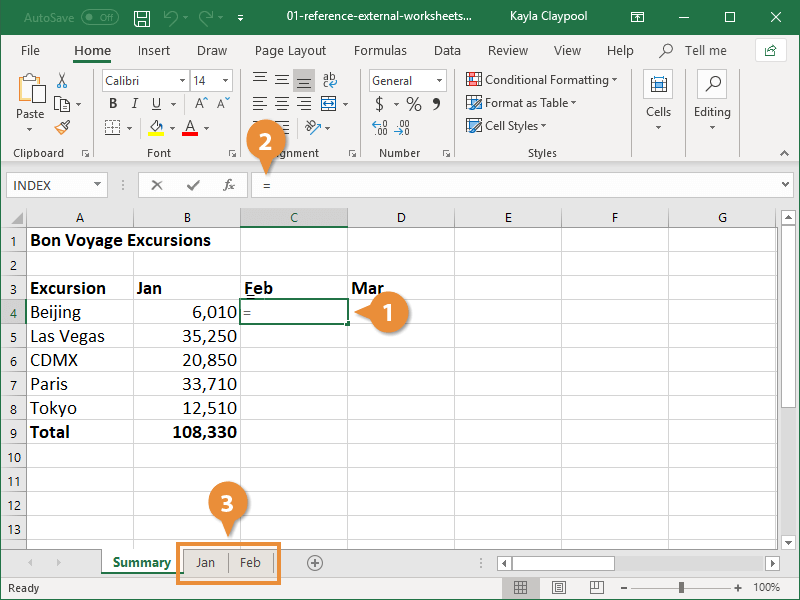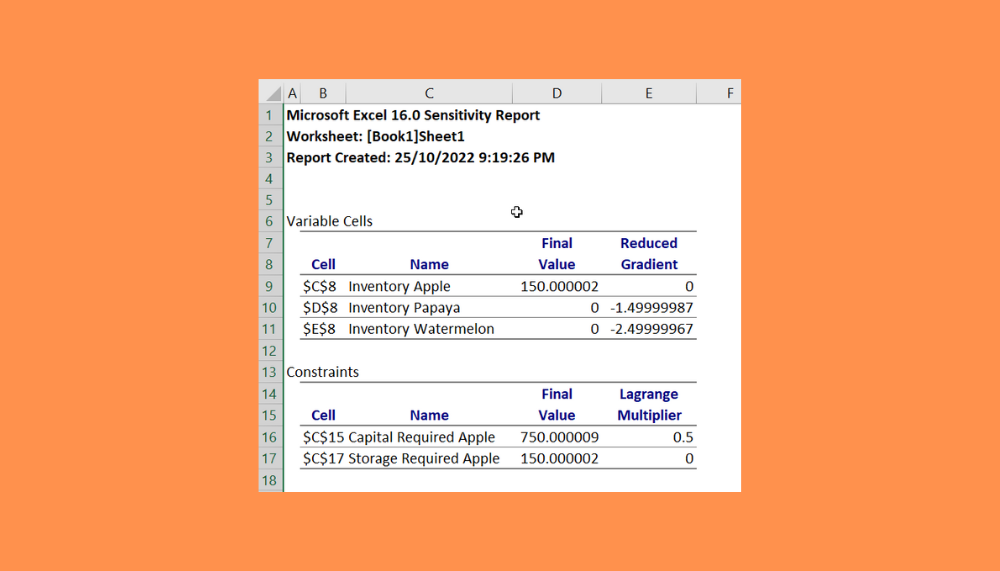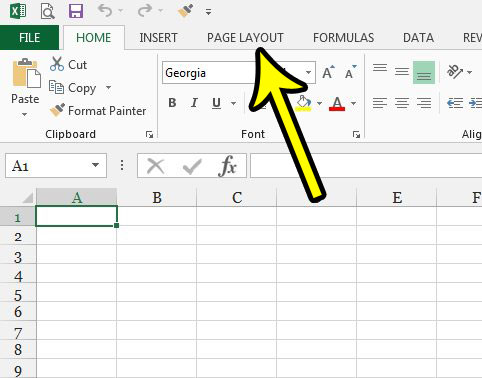5 Ways Guard Drill Pay

Introduction to Guard Drill Pay

Guard drill pay is a crucial aspect of serving in the National Guard, as it provides compensation for the time and effort members dedicate to their duties. The pay structure can be complex, with various factors influencing the amount of money a Guardsman receives. Understanding these factors is essential for managing expectations and making informed decisions about one’s service. In this article, we will delve into the world of Guard drill pay, exploring the key elements that affect compensation and providing insights into the payment process.
Understanding the Basics of Guard Drill Pay

Guard drill pay is calculated based on a member’s rank and the number of drills they attend. A drill is a training session that typically lasts for one weekend each month. The pay for each drill is determined by the member’s rank and the number of years they have served. The military uses a pay scale, known as the Drill Pay Chart, to calculate the compensation for each drill. This chart outlines the pay rates for different ranks and levels of experience.
Factors Affecting Guard Drill Pay

Several factors can impact the amount of money a Guardsman receives for drill pay. These include: * Rank: The higher the rank, the higher the pay. Each rank has a corresponding pay grade, which determines the amount of compensation. * Time in Service: The longer a member has served, the higher their pay will be. This is reflected in the Drill Pay Chart, which shows increased pay rates for members with more years of service. * Number of Drills: The more drills a member attends, the more they will be paid. This is usually calculated on a monthly basis, with members receiving payment for each drill they complete. * Type of Drill: Some drills may offer higher pay rates than others. For example, drills that require specialized skills or training may be compensated at a higher rate. * Special Duties: Members who take on special duties, such as serving as a drill instructor or participating in a special training program, may receive additional pay.
Calculating Guard Drill Pay

To calculate Guard drill pay, members can use the Drill Pay Chart to determine their base pay rate. They can then multiply this rate by the number of drills they attend each month. For example, if a member’s base pay rate is 100 per drill and they attend four drills in a month, their total pay for that month would be 400.
| Rank | Pay Grade | Drill Pay per Month |
|---|---|---|
| Private (E-1) | E-1 | $250 |
| Private First Class (E-2) | E-2 | $300 |
| Specialist/Corporal (E-4) | E-4 | $450 |

Taxation of Guard Drill Pay

Guard drill pay is subject to federal income tax, but it is not subject to Social Security tax or Medicare tax. Members will receive a W-2 form at the end of each year, showing their total drill pay for the year and the amount of taxes withheld. It is essential for members to understand their tax obligations and plan accordingly.
💡 Note: Members should consult with a tax professional to ensure they are meeting their tax obligations and taking advantage of any available deductions or credits.
Additional Benefits and Incentives

In addition to drill pay, National Guard members may be eligible for other benefits and incentives, such as: * Education Assistance: The National Guard offers education assistance programs, including the Montgomery GI Bill, to help members pursue higher education. * Housing Allowance: Members may be eligible for a housing allowance, which can help offset the cost of living expenses. * Special Pay: Members may receive special pay for serving in certain roles or participating in specific training programs.
In summary, Guard drill pay is an essential aspect of serving in the National Guard, providing compensation for the time and effort members dedicate to their duties. By understanding the factors that affect drill pay and taking advantage of available benefits and incentives, members can make the most of their service and plan for their financial future.
As we reflect on the key points discussed in this article, it is clear that Guard drill pay is a complex and multifaceted topic. By grasping the basics of drill pay, understanding the factors that affect compensation, and exploring the various benefits and incentives available, National Guard members can navigate the world of drill pay with confidence and make informed decisions about their service.
How is Guard drill pay calculated?

+
Guard drill pay is calculated based on a member’s rank and the number of drills they attend. The pay for each drill is determined by the member’s rank and the number of years they have served, as outlined in the Drill Pay Chart.
What factors affect Guard drill pay?

+
Several factors can impact the amount of money a Guardsman receives for drill pay, including rank, time in service, number of drills, type of drill, and special duties.
Are there any additional benefits or incentives available to National Guard members?

+
Yes, National Guard members may be eligible for other benefits and incentives, such as education assistance, housing allowance, and special pay for serving in certain roles or participating in specific training programs.



